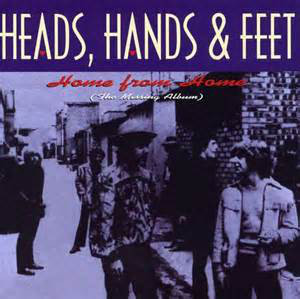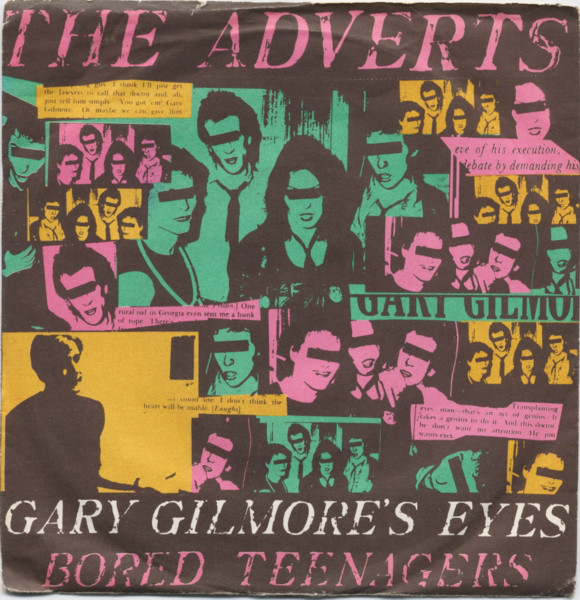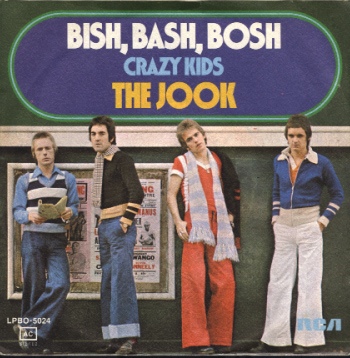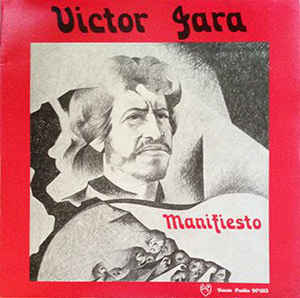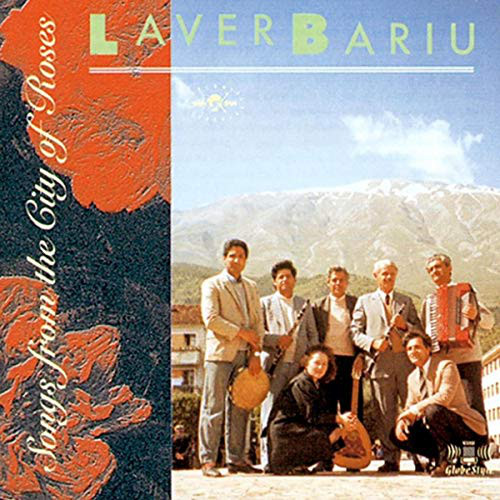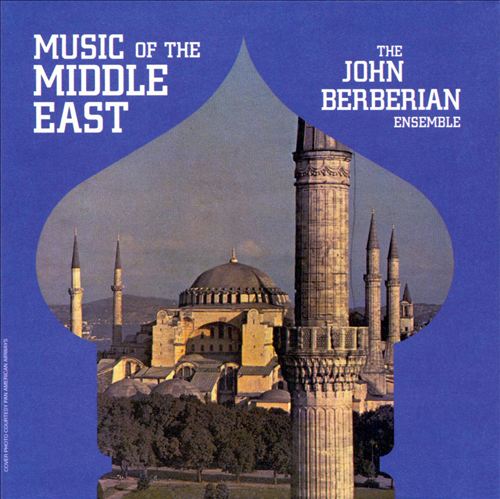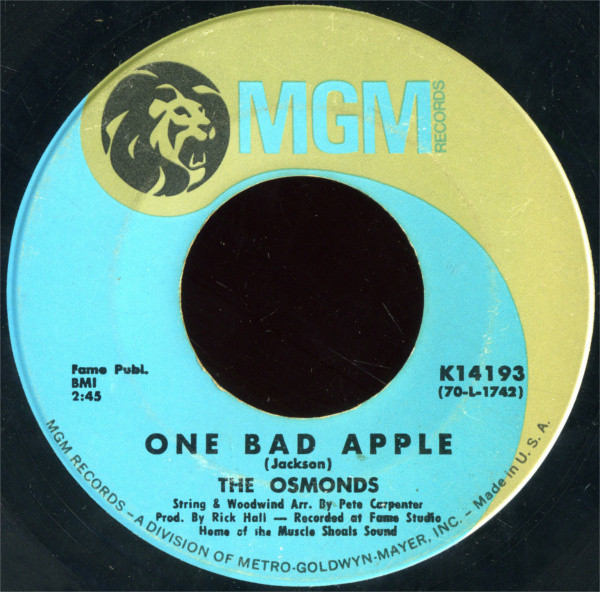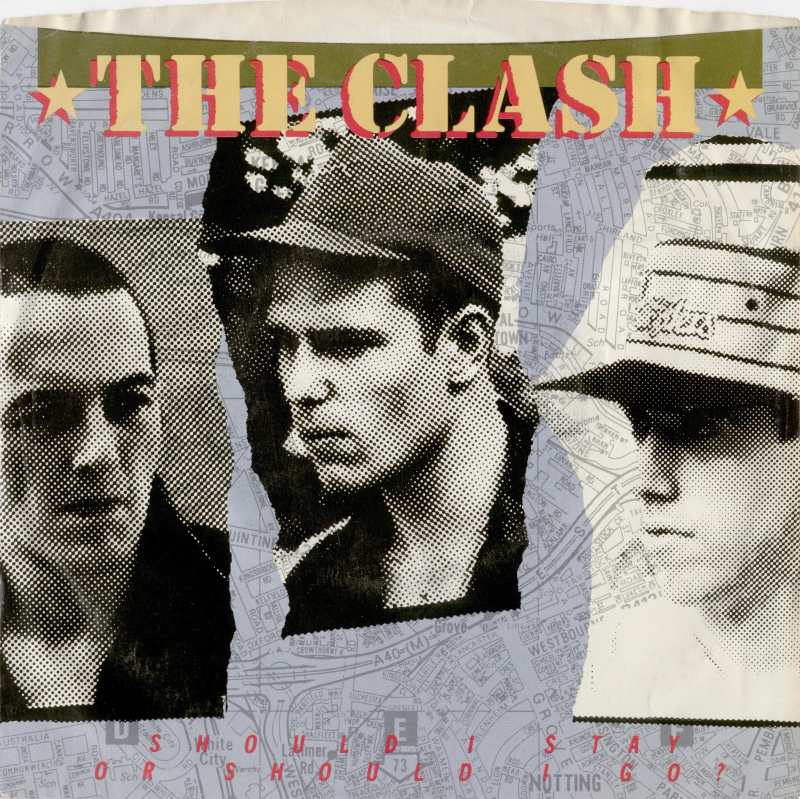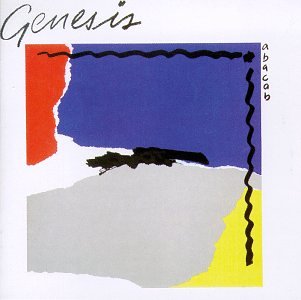
“Abacab” (1981) – Genesis * Written and produced by Mike Rutherford, Phil Collins and Tony Banks * 45: “Abacab” / “Another Record” * LP: Abacab * Label: Charisma (UK)/Atlantic (US)
The generation of males who flashback to junior high at the sound of this song’s opening pulse could fill many stadiums. For them, the entire Abacab album represents the last of the tolerable Phil Collins recordings. Its sci-fi synth-blasts, sexually-frustrated lyrics, and prog-tech vibe played well with them as teens, but Collins’s output as an aggressively marketed adult contemporary radio mascot subsequently bypassed the entire male 12-25 demographic.

